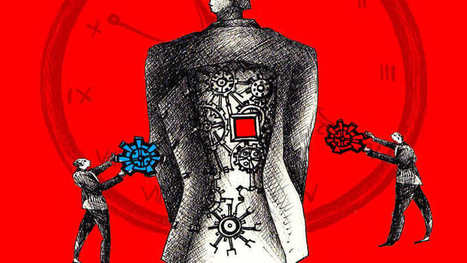Research and publish the best content.
Get Started for FREE
Sign up with Facebook Sign up with X
I don't have a Facebook or a X account
Already have an account: Login
 Your new post is loading... Your new post is loading...
 Your new post is loading... Your new post is loading...
|
|













'If we began to see ourselves as highly adaptive, and looked at the number of ways we have successfully adapted to change in our personal and professional lives, we might start seeing our ability to adapt in a new light. We might realize that we do this all the time. And it might help us ask better questions when we resist. Like: